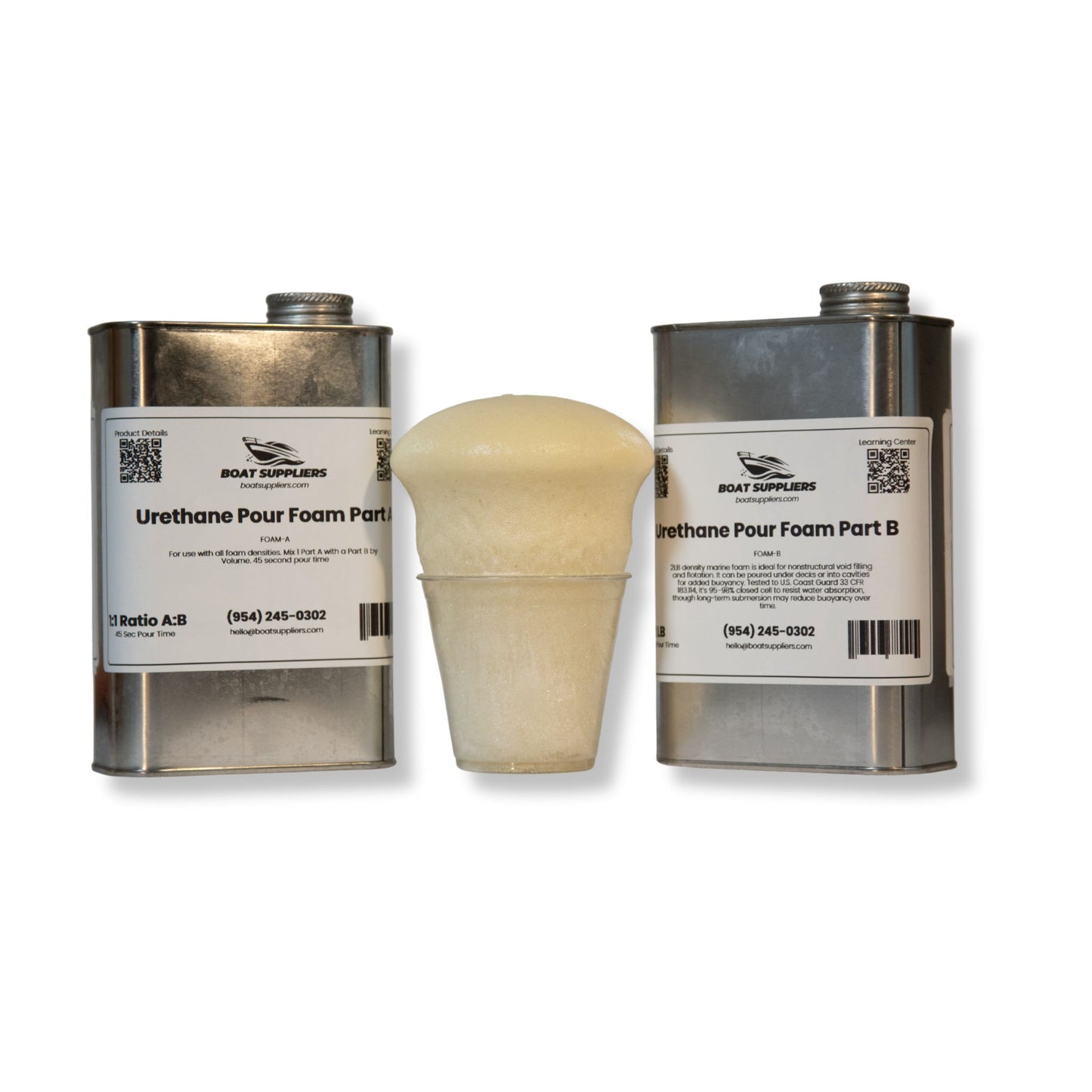
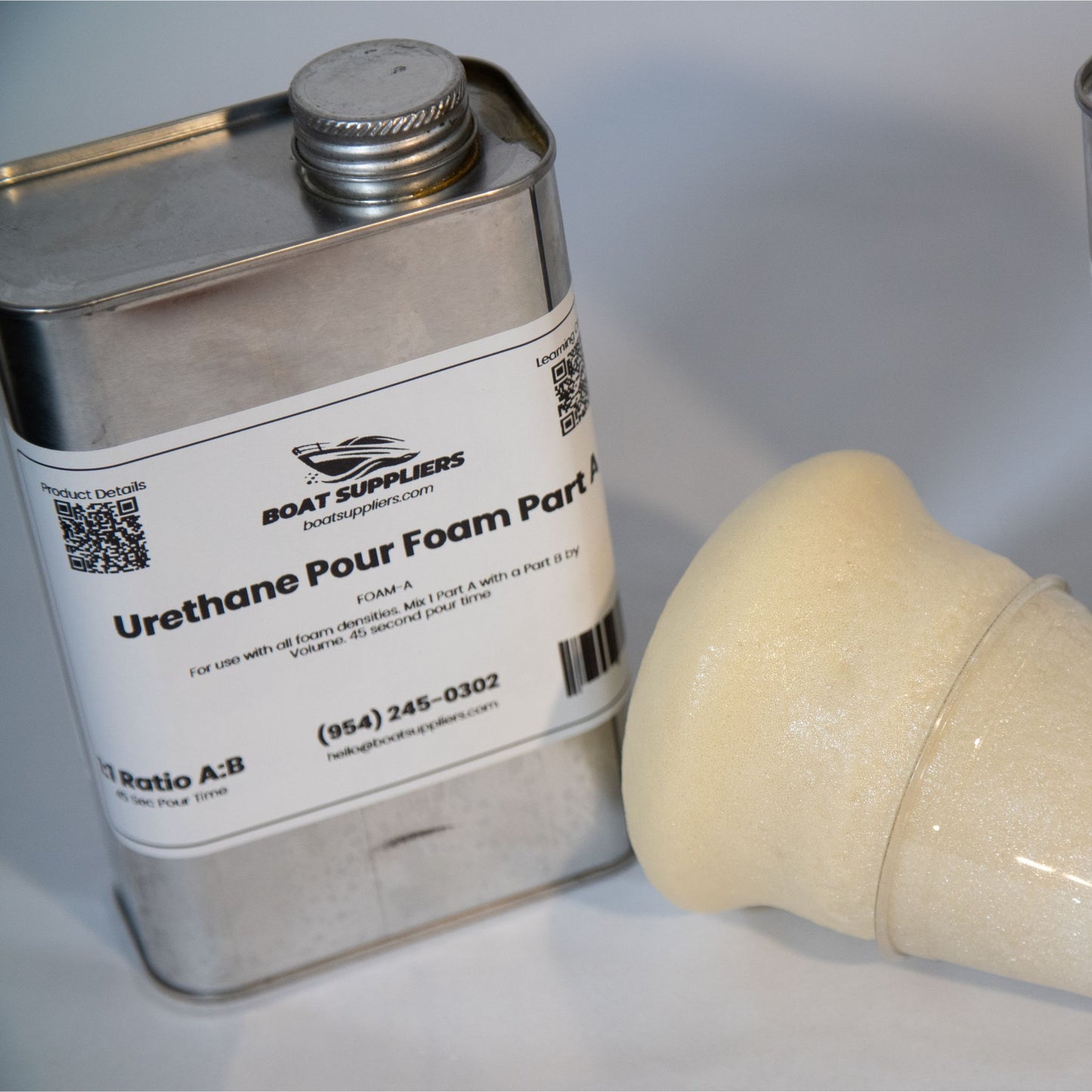
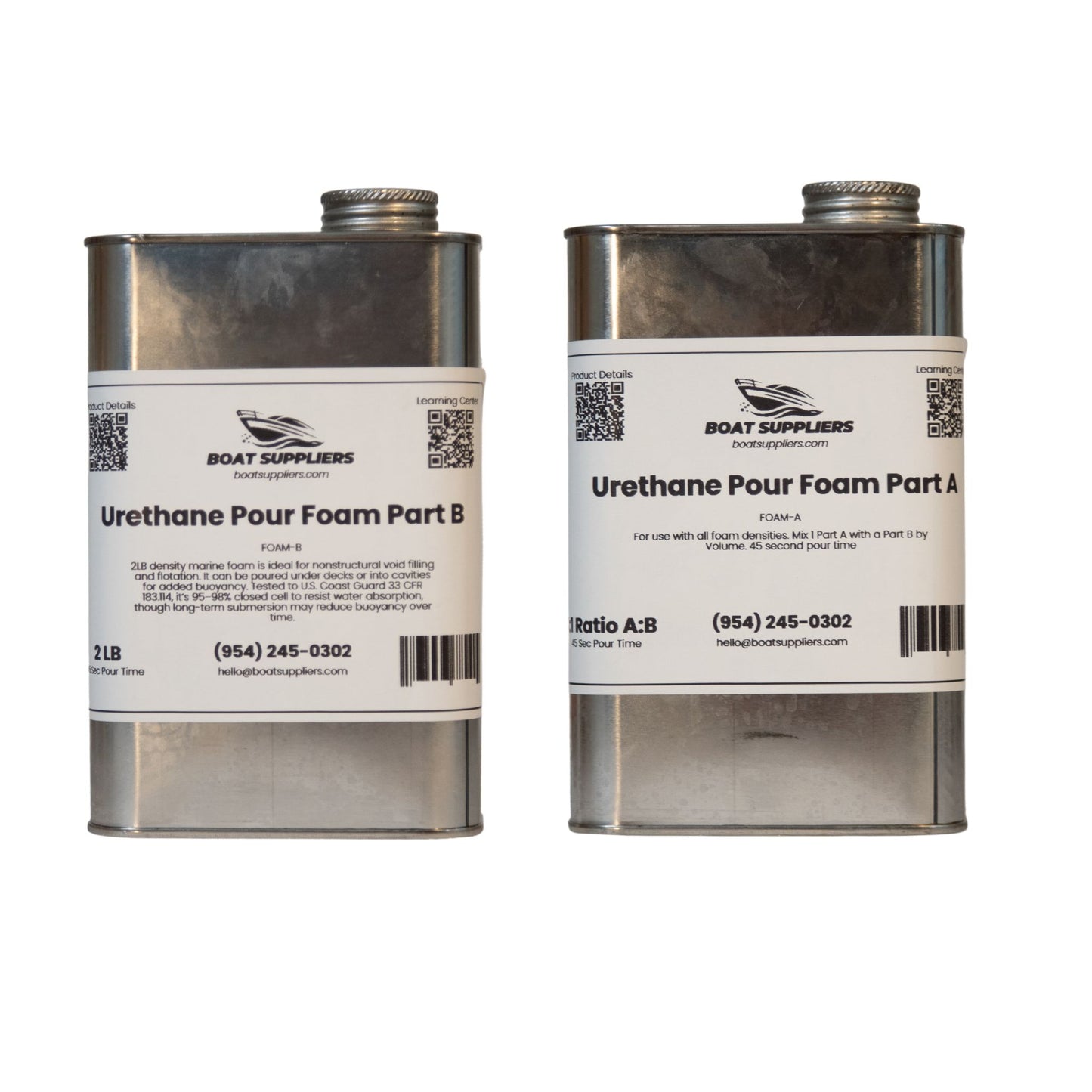
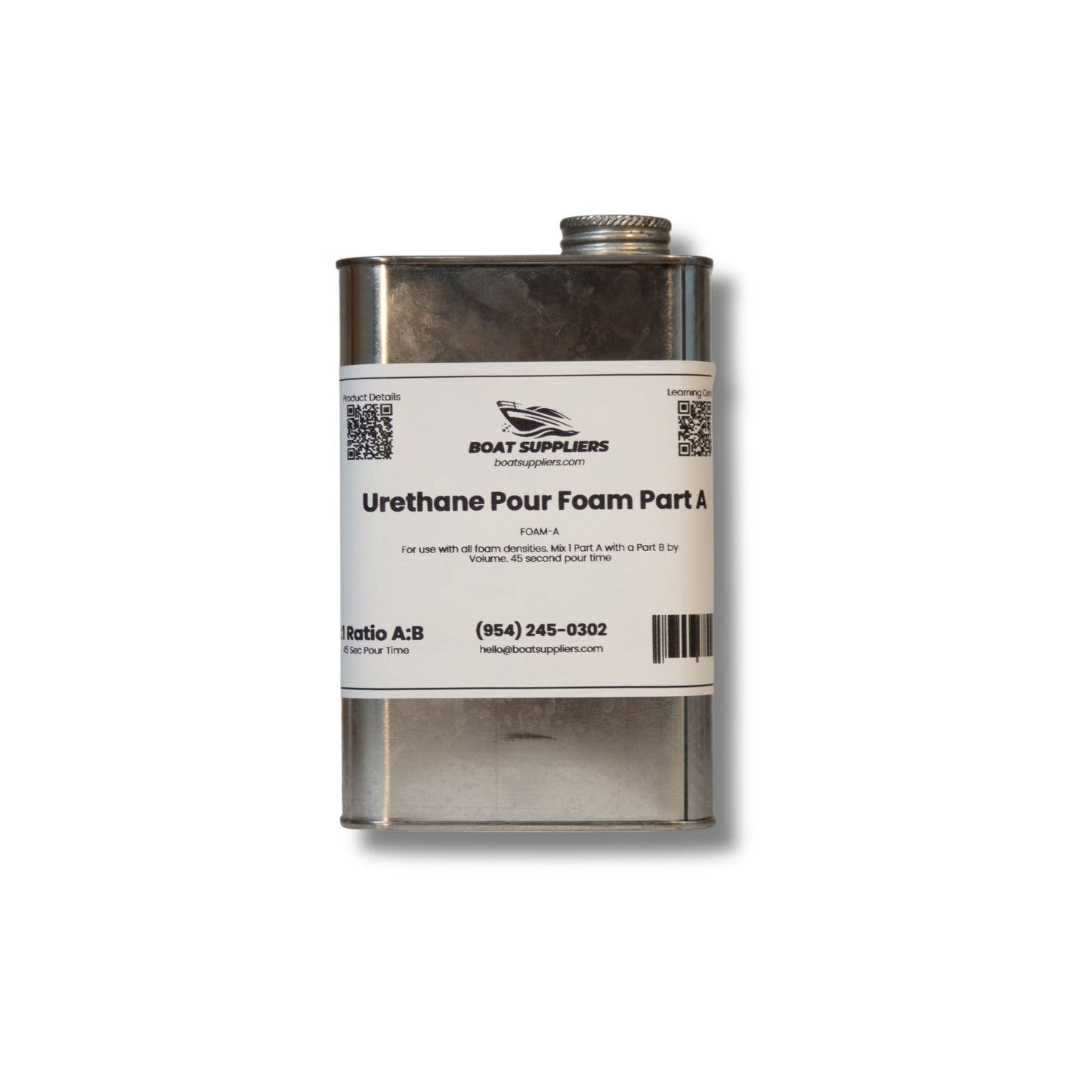
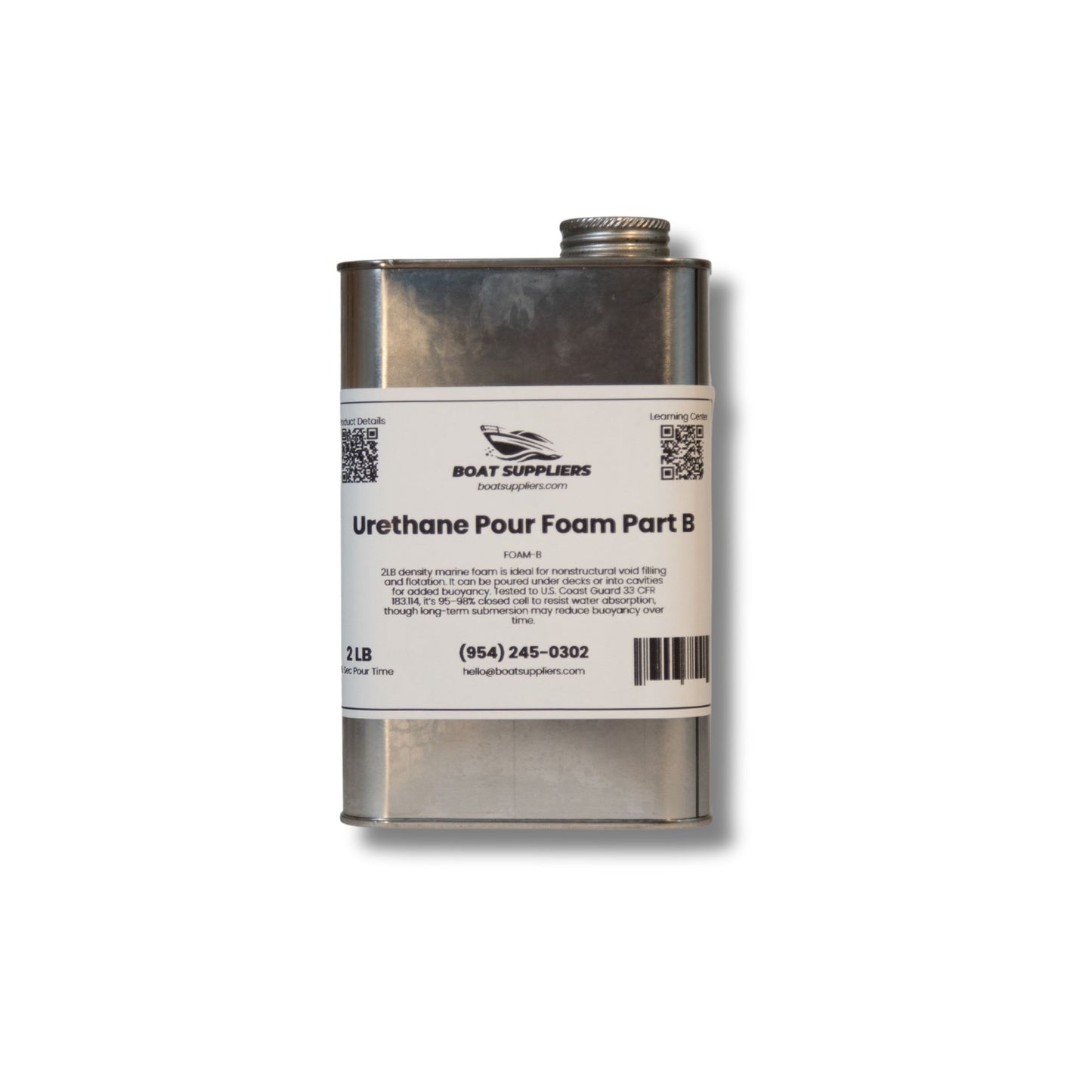
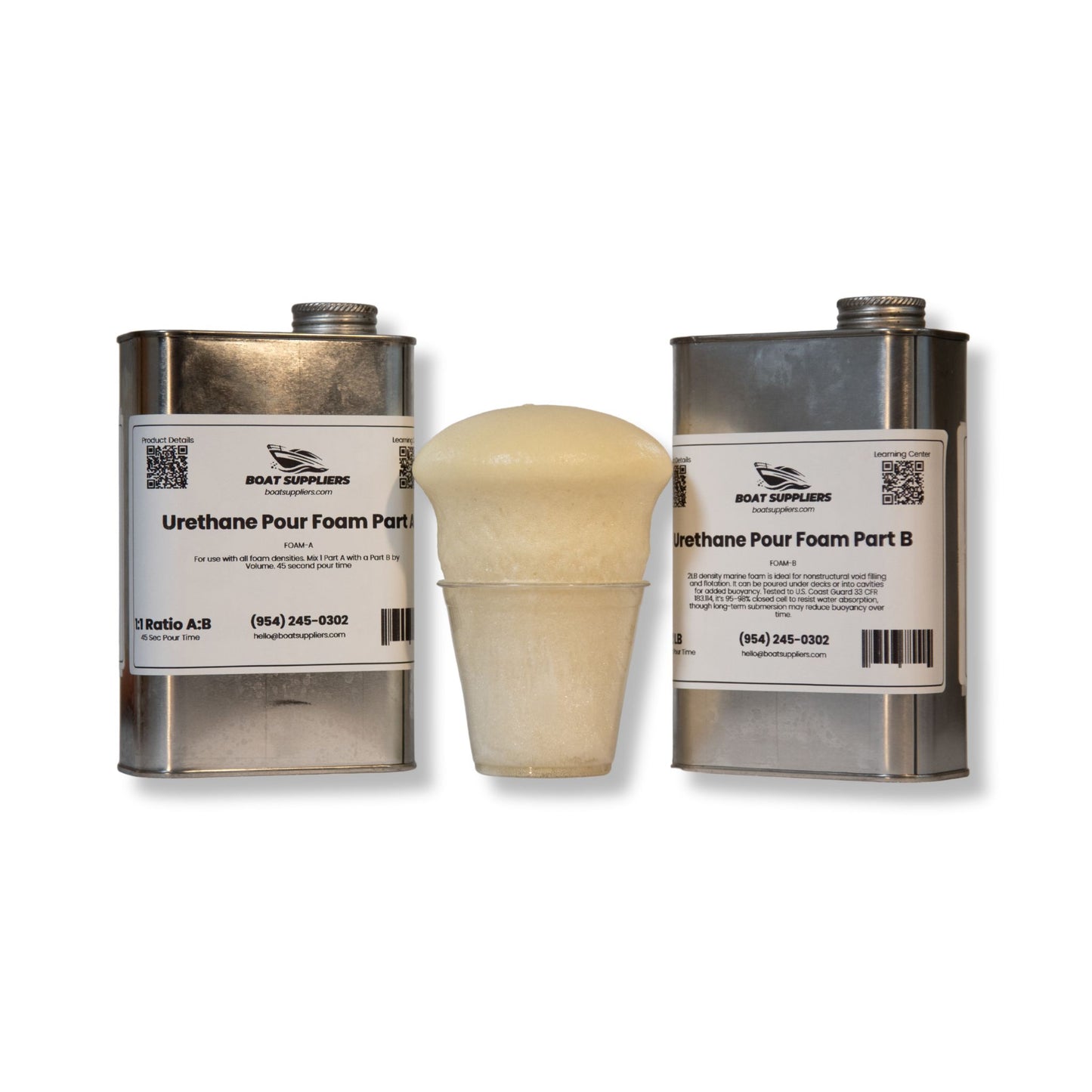

Epoxy Calculator
Calculate the right amount of epoxy with our epoxy resin calculator. Get accurate estimates for boat building, repairs, and coating projects to ensure a smooth application.
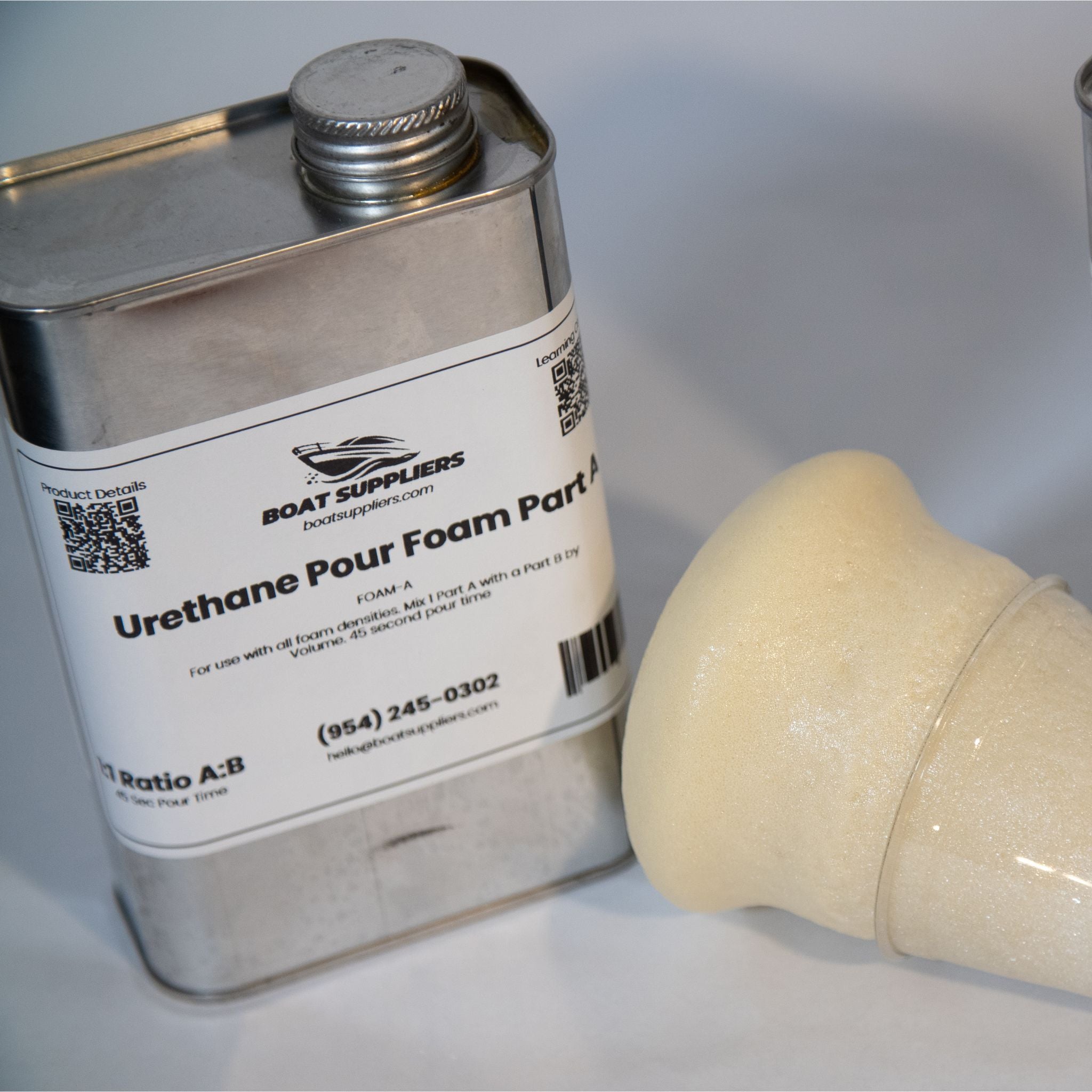








Calculate the right amount of epoxy with our epoxy resin calculator. Get accurate estimates for boat building, repairs, and coating projects to ensure a smooth application.
